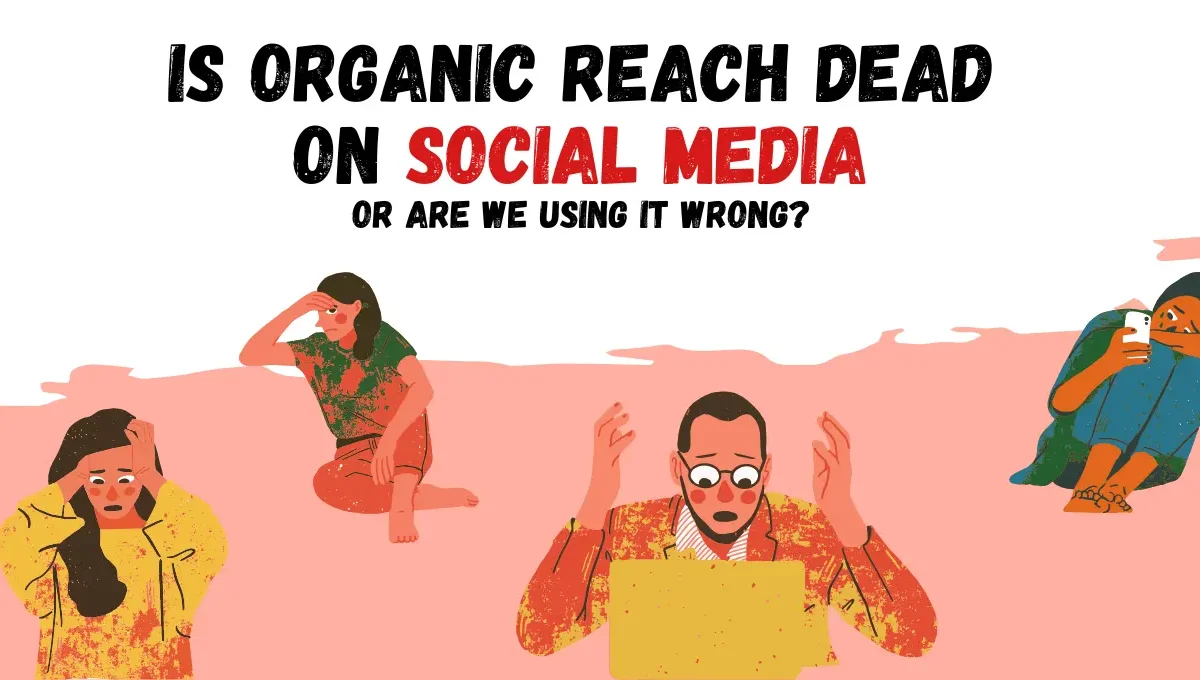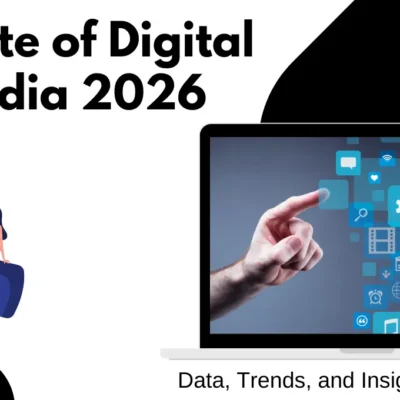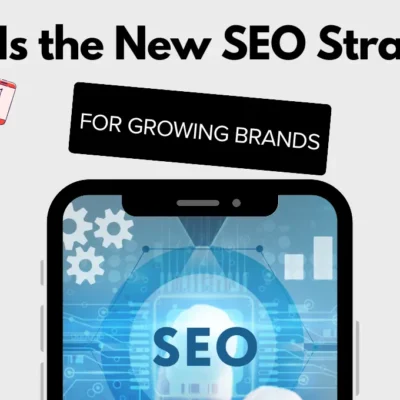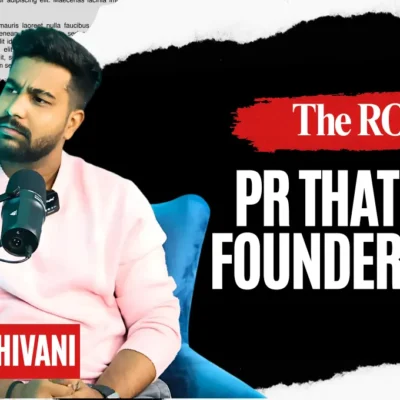“Organic reach is dead.”
It’s a phrase repeated by marketers and founders everywhere — a reflection of frustration with declining visibility across major social platforms.
Algorithms have tightened, competition for attention has exploded, and paid campaigns dominate timelines. But here’s the truth: organic reach isn’t dead — it’s evolving. The brands that adapt their strategies are still growing, without relying solely on ad budgets.
Setting the Context
When Facebook first became a marketing channel, organic reach averaged 16% of a page’s followers (Ogilvy, 2012). By 2018, that number dropped below 2%.
Instagram followed a similar path — according to Socialinsider (2023), the platform’s organic reach rate averages around 9%, down from over 20% just a few years earlier.
The message is clear: organic visibility has changed form, not disappeared. Platforms now reward meaningful engagement, not volume posting.
Why Organic Reach Feels Dead
1. Overcrowded Platforms
With billions of posts, photos, and videos uploaded every day, the competition for attention is overwhelming. On Facebook alone, users share over 350 million photos daily, leaving most content buried.
2. Engagement-First Algorithms
Social platforms reward interaction, not activity. Posts that fail to generate likes, comments, or shares quickly lose algorithmic favor.
3. Outdated Content Strategies
Many brands are still using 2014-era tactics: static banners, generic hashtags, and corporate captions. The problem isn’t the platform — it’s the content approach.
Proof That Organic Reach Still Works
1. LinkedIn: The B2B Growth Engine
LinkedIn remains the strongest organic platform for professional visibility.
Kinsta (2023) reports that LinkedIn’s organic reach is 5–8x higher than Facebook’s.
Founders and business leaders who post consistently — sharing authentic insights or personal stories — often outperform company pages in engagement and reach.
2. Instagram: Reels Keep Discovery Alive
Despite algorithm changes, Reels continue to drive organic growth.
Hootsuite (2023) found that reels generate 22% more engagement than other content types.
Brands like Plum Goodness and Scentials have built loyal audiences with low-cost, creative short videos — showing that relatability still beats ad budgets.
3. TikTok: Where Organic Virality Still Reigns
On TikTok, the algorithm still favors creativity over ad spend.
A Morning Consult survey found that 67% of Gen Z discover new brands organically through TikTok content.
Brands such as Duolingo and Ryanair leveraged humor, authenticity, and cultural timing to grow massive followings — without paid promotion.
4. Community-Led Growth in Action
Zerodha, India’s largest brokerage, is a standout example. With 1.5+ crore active users, the company invests almost nothing in ads.
Its growth comes from community trust, founder-led communication, and consistent media credibility — proving that transparency and authenticity can outperform even the largest ad budgets.
How to Use Organic Reach the Right Way
1. Shift From “Posts” to “Conversations”
Algorithms reward participation. Ask questions, start discussions, and share opinions that invite engagement.
A HubSpot study found that posts with questions receive 2x more comments than standard updates.
2. Prioritize Video and Short-Form Content
By 2025, 82% of all internet traffic will come from video (Cisco).
Short-form formats like Reels, Shorts, and LinkedIn videos drive visibility far more effectively than static posts.
3. Use the Human Voice
Social platforms increasingly amplify people, not brands.
When founders and team members share experiences, audiences connect on a deeper level — building both reach and trust.
4. Invest in Evergreen Content
Blogs, YouTube videos, and PR articles generate long-term value.
Unlike ads, evergreen organic content compounds over time, continuing to attract views and leads months or years later.
5. Blend Organic With Smart Boosting
An organic-first strategy doesn’t mean excluding ads entirely.
Sprout Social (2022) found that lightly boosted organic posts deliver 3x higher engagement than cold ad campaigns.
The secret is to identify what’s already working organically — then amplify it strategically.
The Long Game of Organic Visibility
Brands that rely only on ads often see engagement collapse the moment spending stops.
Those that balance organic credibility with selective paid support maintain visibility, even when budgets fluctuate.
Organic reach is about earned attention, not instant gratification. It takes consistency, creativity, and authenticity — but it pays in compounding brand equity.
Closing Thought
So, is organic reach dead?
Absolutely not.
It’s just no longer about pushing content; it’s about building relationships and conversations that algorithms reward.
The brands that understand this shift — and combine organic storytelling with data-driven strategy — are the ones winning the long game.





